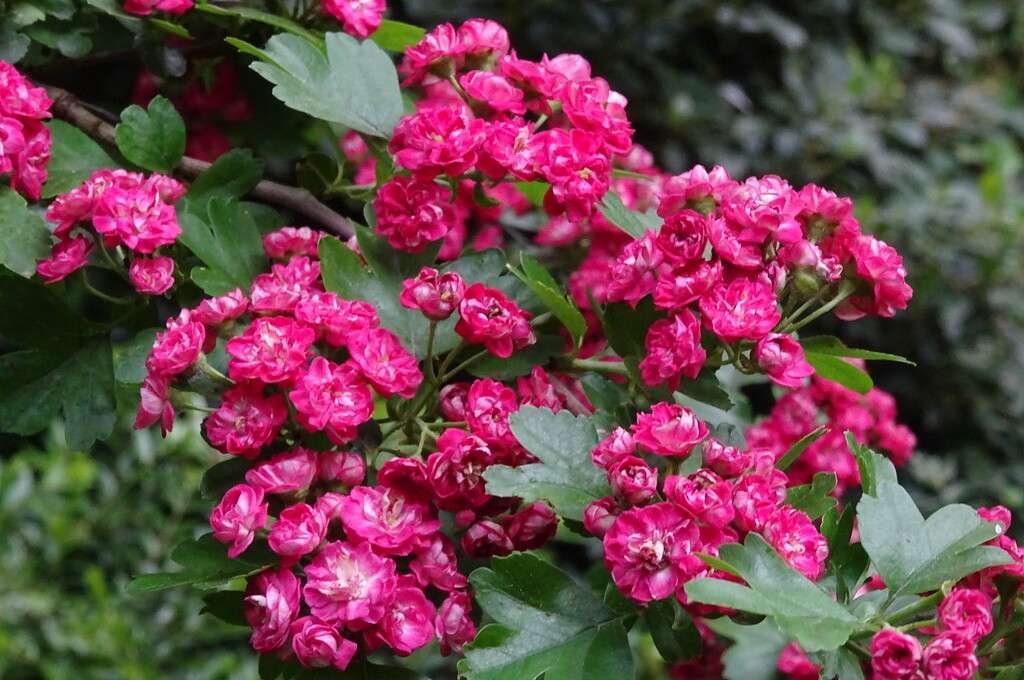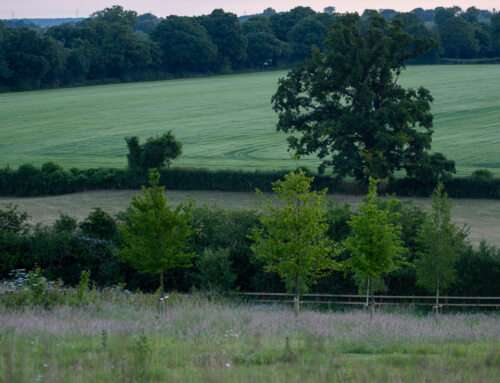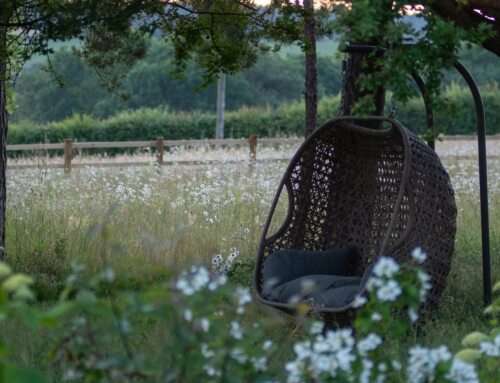Damp Gardens: Solving the Problem With Plants
By Libby Reeves
Damp, wet or boggy areas in the garden are usually caused by two separate issues:
- Poor drainage
- High water table
Poor drainage has various causes: a heavy, impermeable clay soil; compaction; a physical barrier such as a concrete slab or pond liner; soil pans to name a few. A high water-table will, particularly in this country, tend to move with the seasons as the ground water level moves up and down with rainfall. Areas that seasonally flood will often become dry and fertile in spring and summer creating a lush seed bed for the growing season. Depending on the reasoning behind the wet or boggy area, the solution varies. Organic matter can be added to a heavy clay soil to help it drain, sand and grit can be used in targeted areas when required. Compaction can be broken up and organic matter added, traffic can be rerouted to prevent it occurring again. Physical barriers can be excavated or broken up to allow water and roots to penetrate. Raised beds can be put in to lift the roots away from the sodden soil and allow the plant to grow.
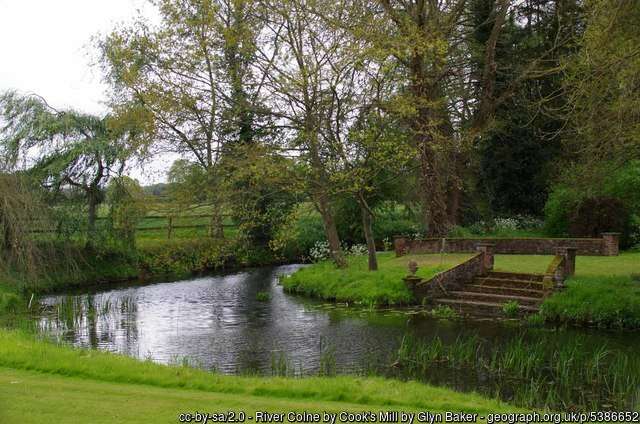
It is, however, possible to plant straight into a wet heavy soil. Choosing the right plant for the right place is easily done, when a wet or damp loving plant is chosen. There are lots! The following are all plants that would cope with a soggier soil.
HERBACEOUS
Rogersia aesculifolia has a mass of leaves at the bottom, like a horse chestnut leaf. They have spikes of pink flowers in summer.
Flag iris. There are many different flag irises, with typically blue or yellow, tall, striking flowers in later spring or early summer, variety depending.
Ferns. Many ferns are native to wet woodlands. They give foliage colour and texture to a shady border.
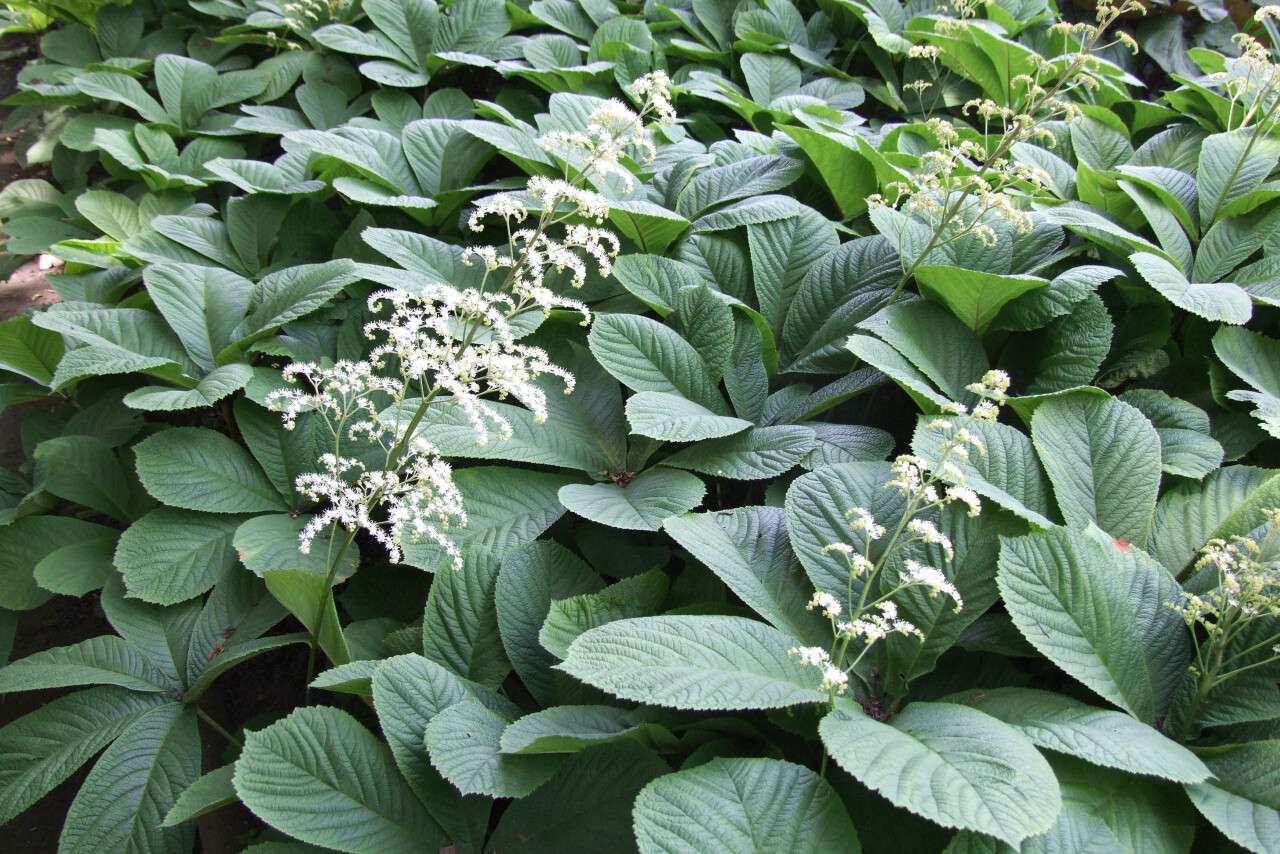
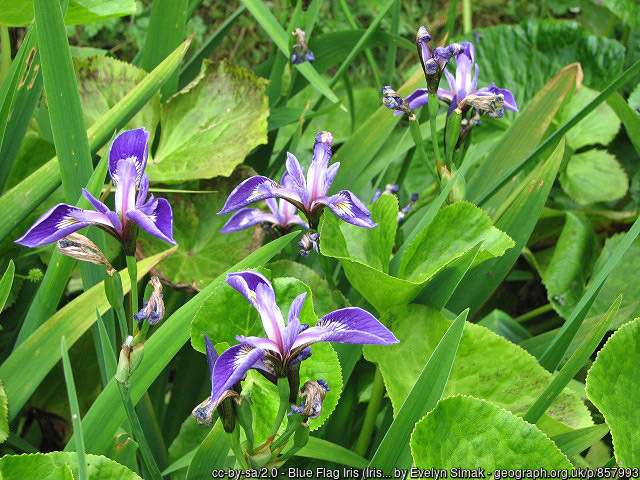
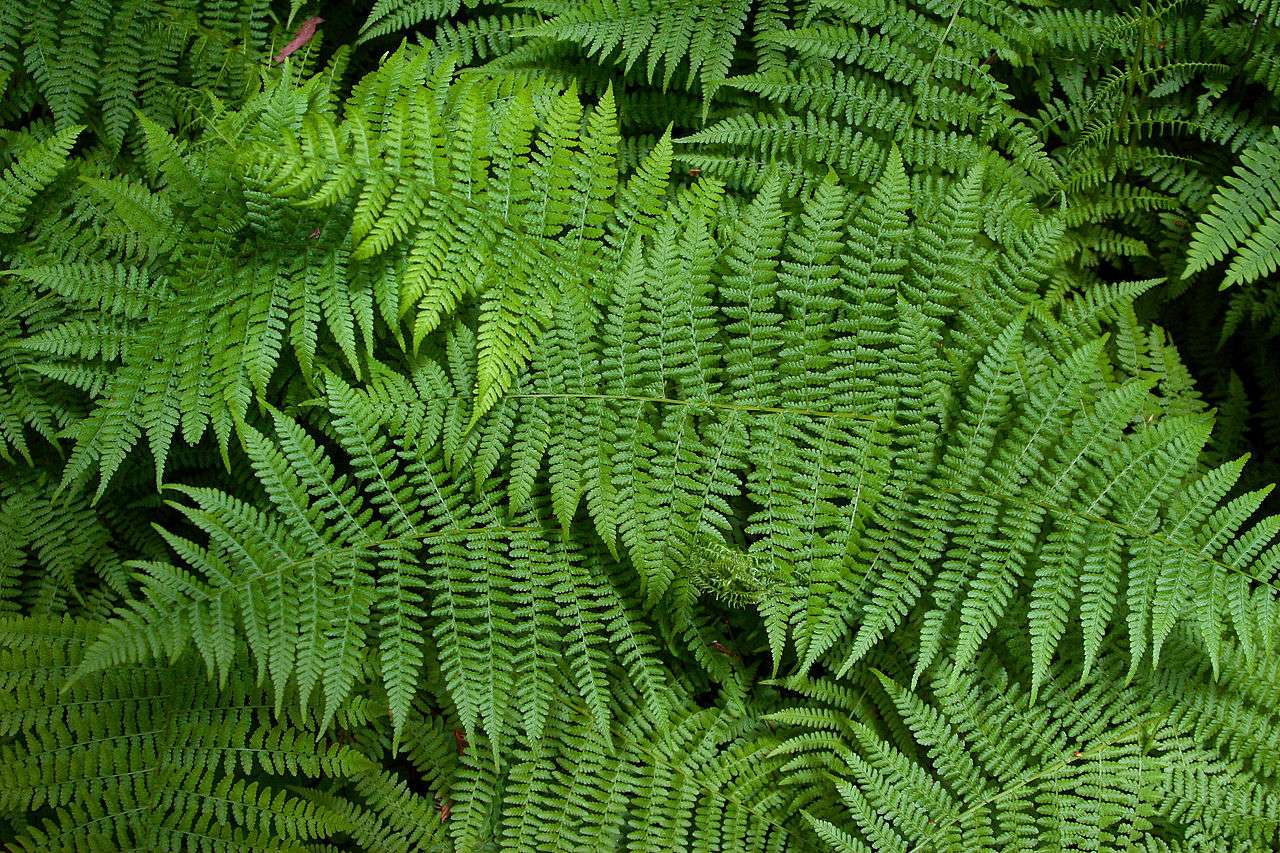
SHRUBS
Corylus or hazel. This is a lovely shrub or small tree that has catkins in late winter and big round leaves that turn a wonderful yellow in autumn.
Cornus or dogwood. Some of these have super bright stems that, when coppiced regularly, give a fabulous winter show.
Viburnum opulus or wayfaring tree. This is another native with a lovely show of flowers in spring and amber autumn colours later in the year.
TREES
Salix or willow. There are lots of species ranging in height and interest. Irrorata is a lovely smaller specimen that has lovely blue/grey stems and narrow leaves giving the effect of an olive when the leaves are on the tree.
Alnus or alder. These larger trees have a variety of shapes and foliage, glutinosa Imperialis has a cut leaf and almost looks prehistoric! Incana aurea is a wide, golden leaf creating different colours within the tree line.
Crataegus or hawthorn. There are so many lovely hawthorns! ‘Paul’s Scarlet’ has a hot, double pink flower in late spring, prunifolia ‘Splendens’ has large white flowers, super large berries, and a deeper autumn colour than the rest of its kind.
